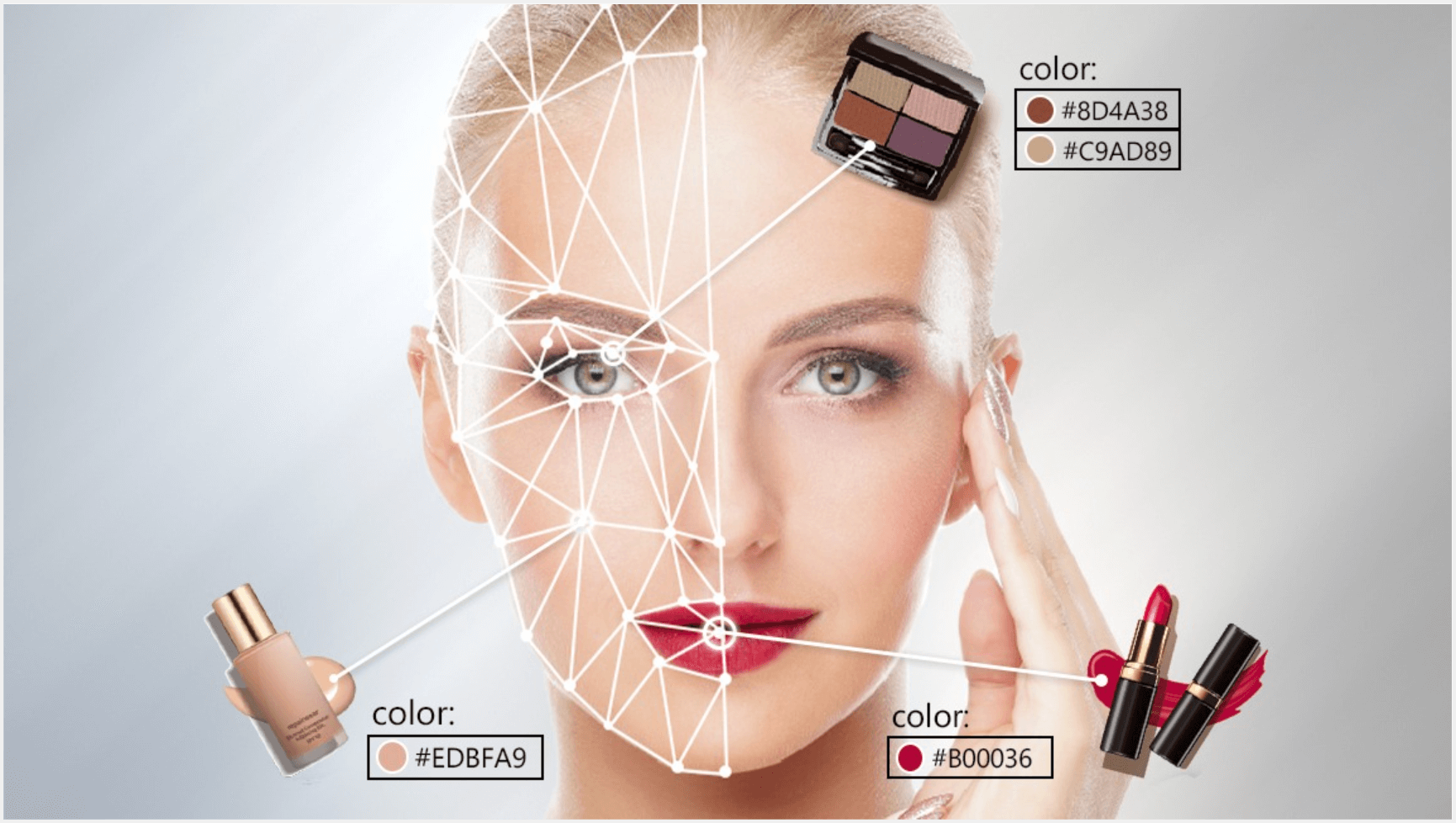We currently live in a society that places a lot of value on how “beautiful” we are – and this can be hard to ignore. Dissatisfied with their external appearance, more individuals are opting to go down the route of cosmetic surgery. Statistics from the American Society of Plastic Surgeons show that almost 18 million people underwent surgical and minimal invasive cosmetic procedure in the United States in 2018 – almost a quarter of a million more people than in 2017.In parallel, the cosmetics industry is one that continues to explosively grow, with the market value of skin care forecast to increase to $20.1 billion between 2014 and 2019.
Online, social media platforms have seen the rise of the “selfie”, the Oxford Dictionaries Word of the Year 2013, and a common question thrown around is whether we are the most narcissistic generation to have ever lived.Appearance can affect a variety of social aspects of our lives, from who we choose to have relationships with, our social exchanges, and even who we hire for positions of employment. Despite the importance humans and society appear to place on beauty, from a scientific perspective, we don’t actually know a great deal about why certain faces appear “prettier” than others. Do genetics play a role here?
Identifying parts of the genome associated with facial beauty
Researchers from the University of Wisconsin-Madison (UW) have conducted a genome wide association study (GWAS) to identify parts of the genome associated with facial beauty. “Facial beauty is a human trait that is of great interest worldwide. Previous studies provided evidence that attractiveness is genetically heritable, but no specific genetic variant has been identified for attractiveness”, says Qiongshi Lu, Assistant Professor at UW and principal investigator of the study. “A map of genetic associations for attractiveness may allow us to quantitatively investigate the evolutionary reasons behind our preference for certain facial features.”
The study, published in PLOS Genetics, used genetic information from a sample of 4,383 European individuals including both men and women. Volunteers were asked to score the sample’s yearbook photos based on attractiveness, and the scores given to each person’s photograph were analyzed with regards to their genetic information; “By linking each individual’s genetic information with his/her attractiveness rating, we were able to demonstrate the statistical associations between certain genetic variants and facial attractiveness” adds Lu.



